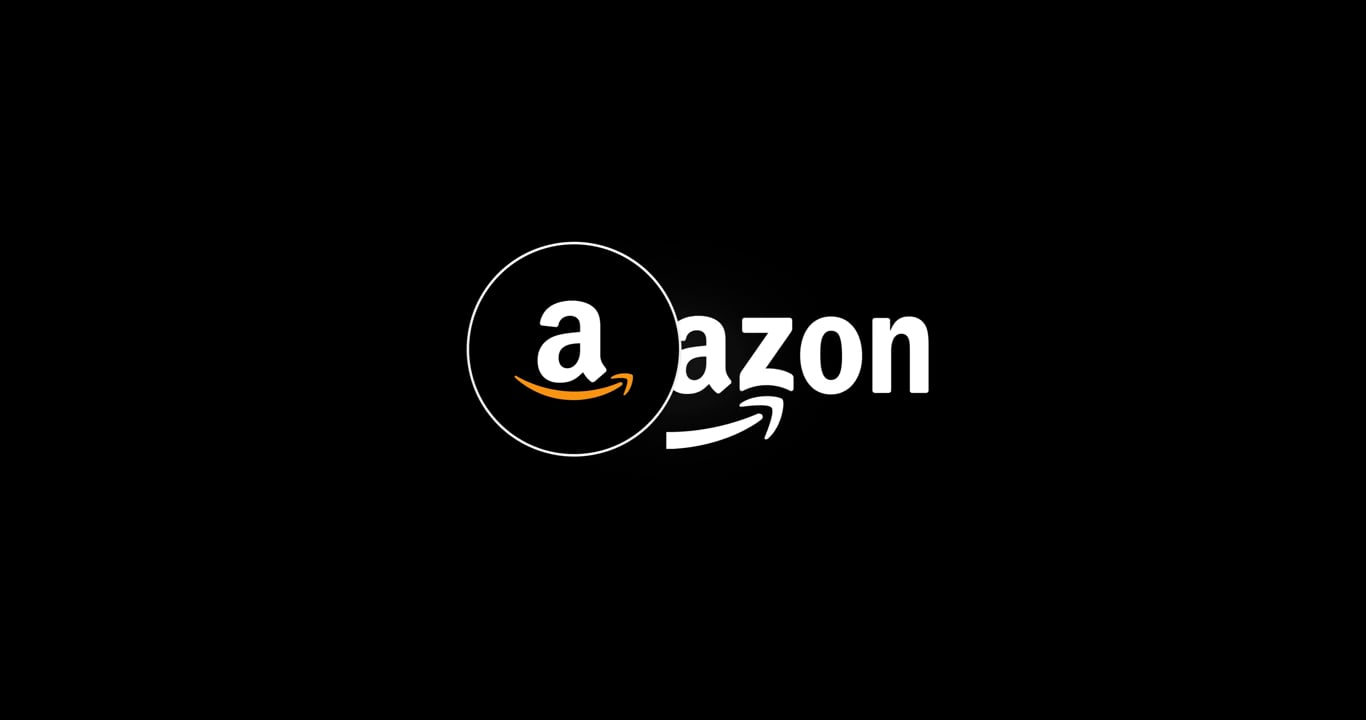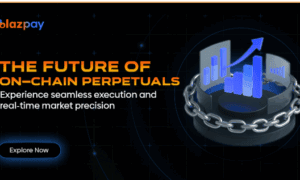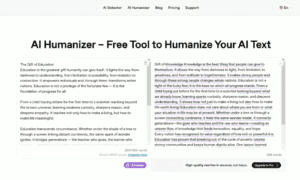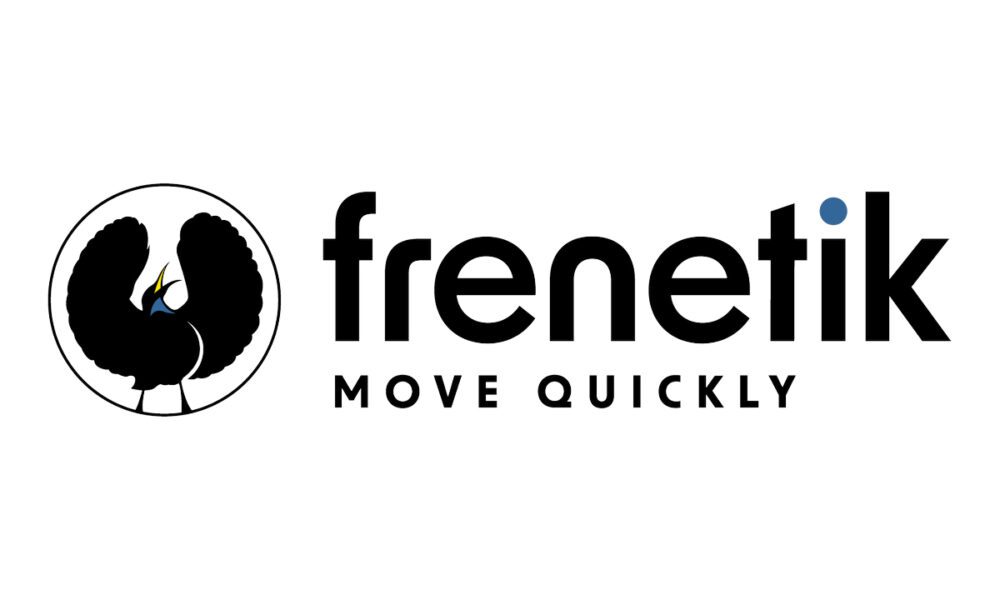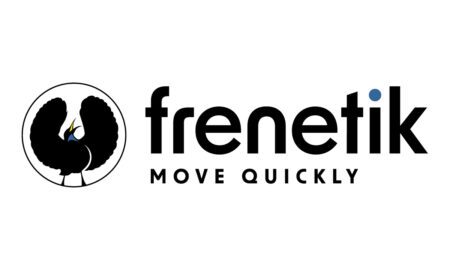Pricing in a fast-paced market is everything and the deciding factor between business success and failure. As e-commerce platforms become increasingly sophisticated, businesses continue to look for new ways to keep their prices competitive. That is where automated pricing tools come into play—to assist businesses in smoothly competing by automatically fluctuating prices in accordance with relevant variables. But do these solutions work for every business? Well, let’s get into the nitty-gritty of things to find out.
What is Automated Pricing?
Real-time pricing (also known as automated pricing) uses algorithms to set your prices automatically in the moment. It suggests optimal pricing by analyzing market trends, competitor prices, and demand fluctuations. Amazon automated pricing tool allows businesses to stay competitive without having to continuously track market prices. With such a tool, companies get the ease of increasing sales by using it while maximizing profit.
Advantages of Automated Pricing
Automated pricing has a few benefits. First, it saves time. Rather than spend hours poring over competitors and recalculating prices, businesses powered by technology can allow the technology to do the heavy lifting. Doing this enables the team to work on some other important aspects like marketing or customer service. In addition to that, automated pricing tools also maintain competitiveness. With dynamic pricing, businesses can find themselves attractive to customers, avoiding losses. These tools can also help give you an insight into trends and patterns in pricing so you can make educated decisions. One of the main benefits is minimizing the potential for human error.
Challenges to Consider
Automated pricing tools certainly have their benefits, but they also present challenges. The main fear is the loss of control of pricing mechanisms. This makes businesses uncomfortable about giving such critical decisions to algorithms. It is essential to choose the tool that matches the company’s goals and values. The other obstacle is the possible expense. A mix of low-cost plans and high-cost tools. The cost might be too much for some smaller businesses. It is important that this is relevant to your budget and that you have it from a cost-benefit perspective. In addition, dependence on technology can create a false sense of security.
Assessing Business Needs
Deciding whether automated pricing is right for a business requires a thorough evaluation. Take into consideration the analysis of the company size and its product volume. However, if you have a really large business with a large inventory, the impact of automating the process can be even larger. On the other hand, smaller enterprises with fewer products might find manual pricing more effective to manage. Analyze the existing pricing tactic. If you constantly have to make tweaks, automation could be a major game-changer. But if prices stay more or less steady, buying tech like that might not pay off. It is also important to understand the competitive landscape.
Choosing the Right Tool
Researching the right automated pricing tool is a lot of hard work. Take into account things like usability, integration options, and support. Gaining from reading reviews and recommendations by peers is one of the best ways of approaching it. Also, think about whether or not the tool can be adapted. The needs of businesses change as they evolve. A good tool should be scalable and adaptive to the changing market dynamics. This includes things that allow it to be customized based on individual business goals.
Balancing Technology and Human Insight
Automated pricing has clear benefits, but blindly relying on technology is no solution. While algorithms can provide data-supported recommendations, the human touch of intuition and expertise is irreplaceable. Both components need to be included in order to create a holistic pricing strategy. Regularly reviewing your picks for automation has a direct impact on your business’s bottom line. Invite team members to share their input and contribute collaboratively. That balance benefits the overall price structure side of the equation and contributes to success.
Conclusion
Automated pricing tools provide competitive advantages for businesses looking to stay ahead of the curve in such a dynamic market. These tools are invaluable because they save time, reduce errors, and allow the user to remain competitive. Nevertheless, issues including expense and possibly losing control should be considered carefully. Determining if automated pricing is suitable for your business hinges on evaluating what the business specifically needs and selecting the right tool. By combining technology with human insight, we can take a holistic approach that leads to improved outcomes in the market. Businesses need to make intelligent judgments to wield the advantage of automated pricing and achieve their motives.

